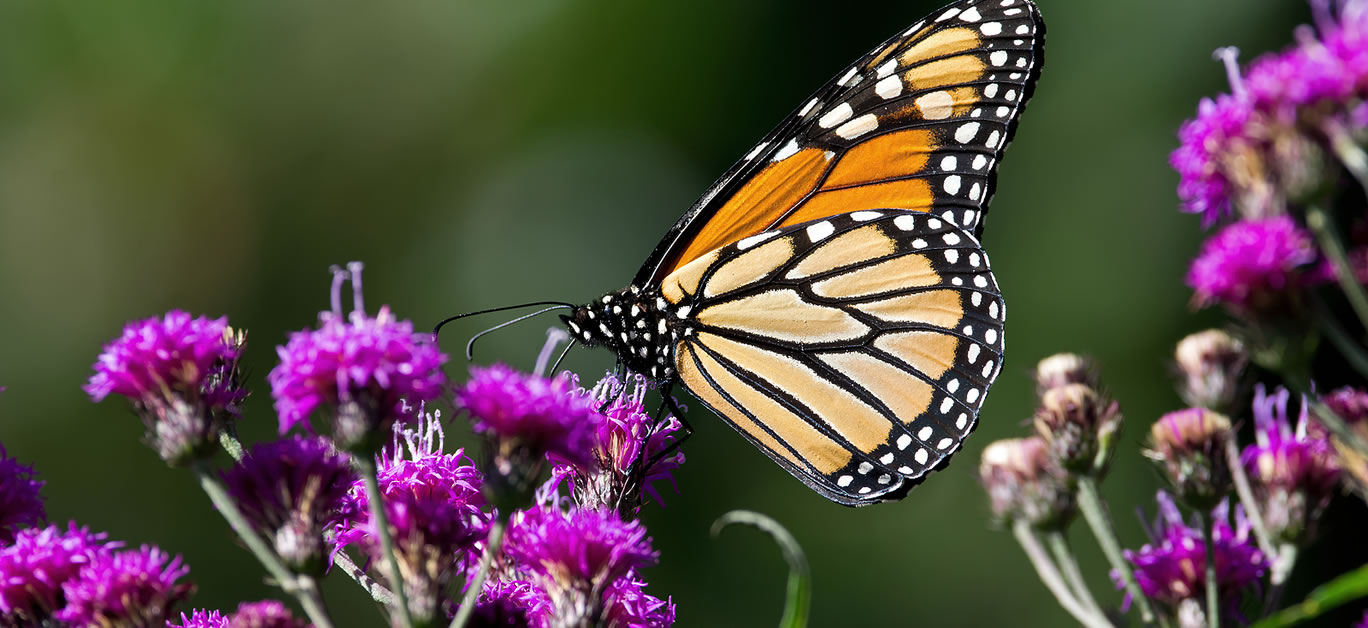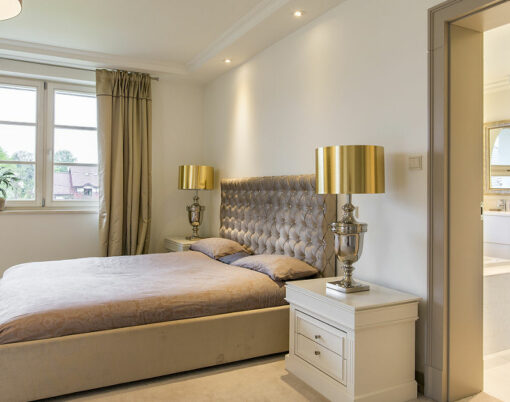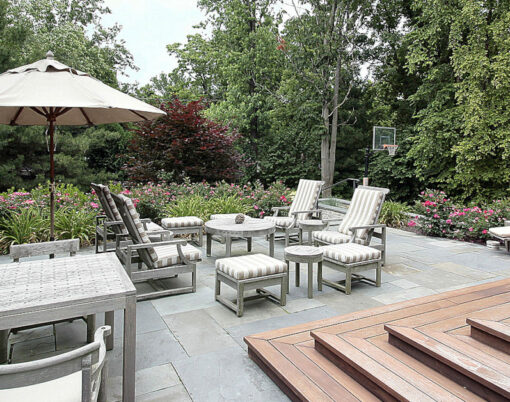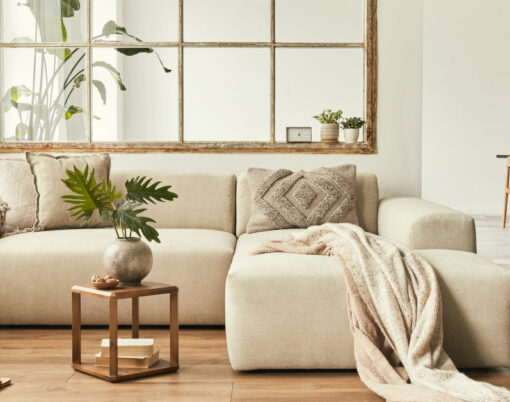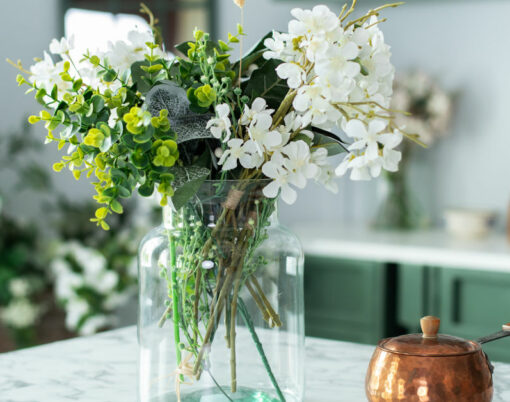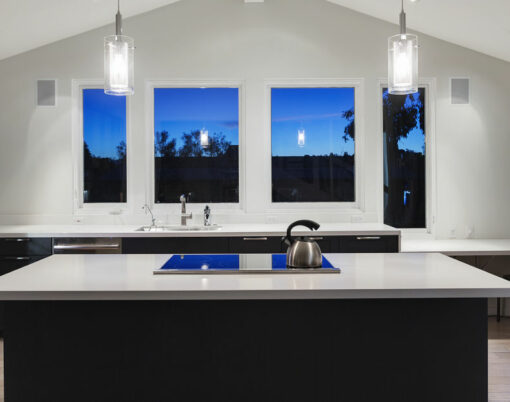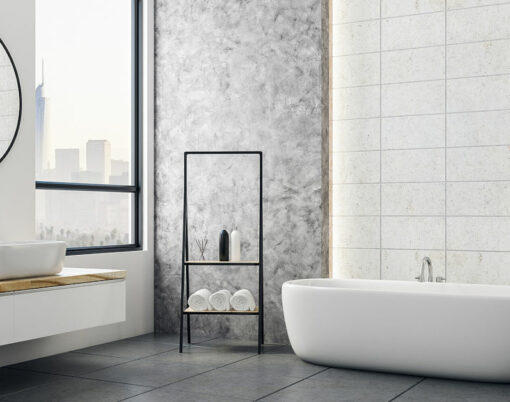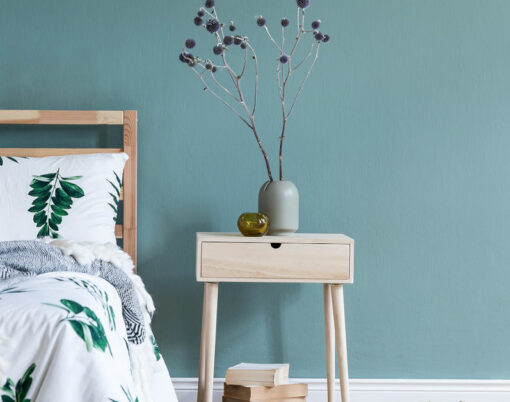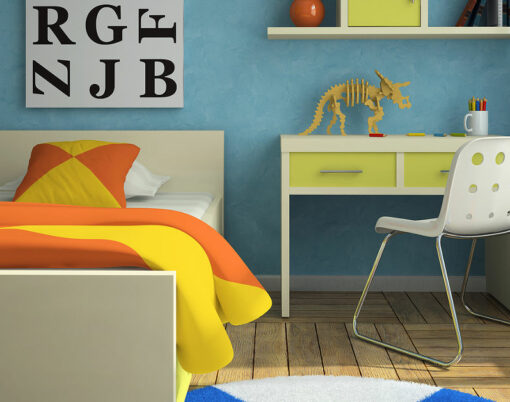There’s nothing quite as satisfying as creating a beautiful garden to enjoy throughout the spring and summer months, but despite the appeal of immaculately trimmed lawns and perfectly pruned bushes and shrubs, there’s more to creating the perfect garden than just the aesthetics.
As development increases and more and more wild spaces are being built upon, wildlife has it tougher than ever before, with reduced options for nesting, breeding, feeding and foraging putting them in danger and threatening species.
Thankfully, there’s something you can do to help, and by considering the wildlife that might like to make its home in your garden and doing what you can to make it feel welcome, you can provide much needed support to everything from insects to small mammals and birds.
Even small gardens can offer up a variety of different habitats for a range of different wildlife, and whether your garden is still fairly wild or is already perfectly landscaped, there are lots of ways that you can introduce – or let nature create – a diverse range of homes for nature.
Here are a few simple ways to get started and welcome more wildlife into your garden.
Creating vital habitats
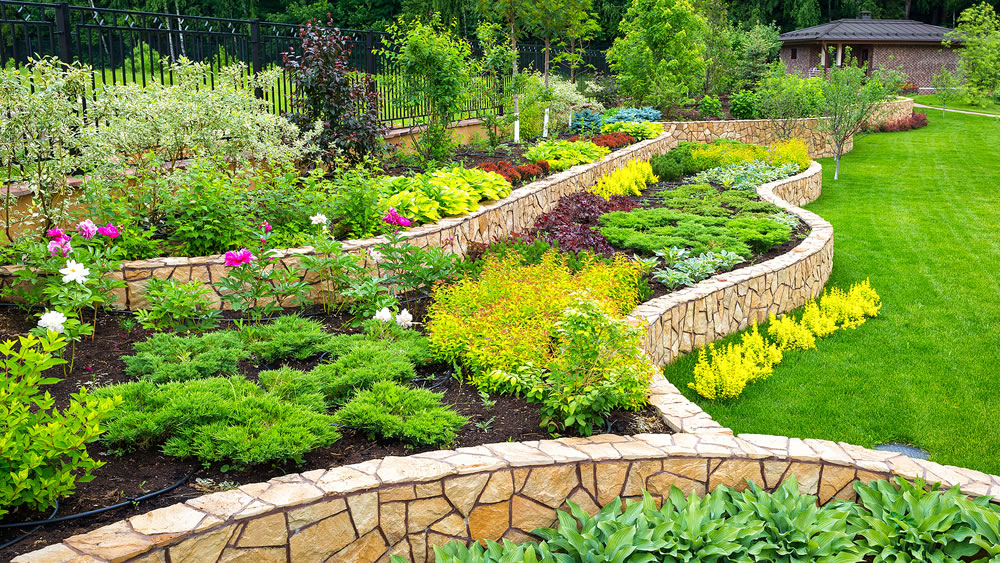
Some of the most common garden features you likely already have to work with are a great place to start. Your lawn, for example, creates a vital habitat for insects and a feeding ground for birds – but if yours is mowed and trimmed to perfection at all times, try leaving a small area to its own devices. The wilder it is, the more wildlife you will attract, and while it might seem to go against your immaculate garden plans, nature will thank you for it.
If you already have a few overgrown areas that you are wanting to tidy up, then wait until late winter or early spring, as this will allow insects and minibeasts sheltering from the colder weather a chance to move on.
Flowerbeds also serve as important feeding grounds for birds and small mammals, while flowering plants and shrubs provide nectar rich food to butterflies and bees.
If you’re looking to invite more wildlife into your garden or go that extra mile to support it, then consider having a pond installed. Ponds and water features are a habitat for a wide variety of different animals, ranging from invertebrates and amphibians like frogs, toads and newts, to bathing garden birds. The price for pond installation will feel more than worth the investment when you see these happy animals enjoying the habitat you have created for them, and it’s bound to make a wander around your garden or grounds all the more interesting, too.
Providing shelter and breeding grounds
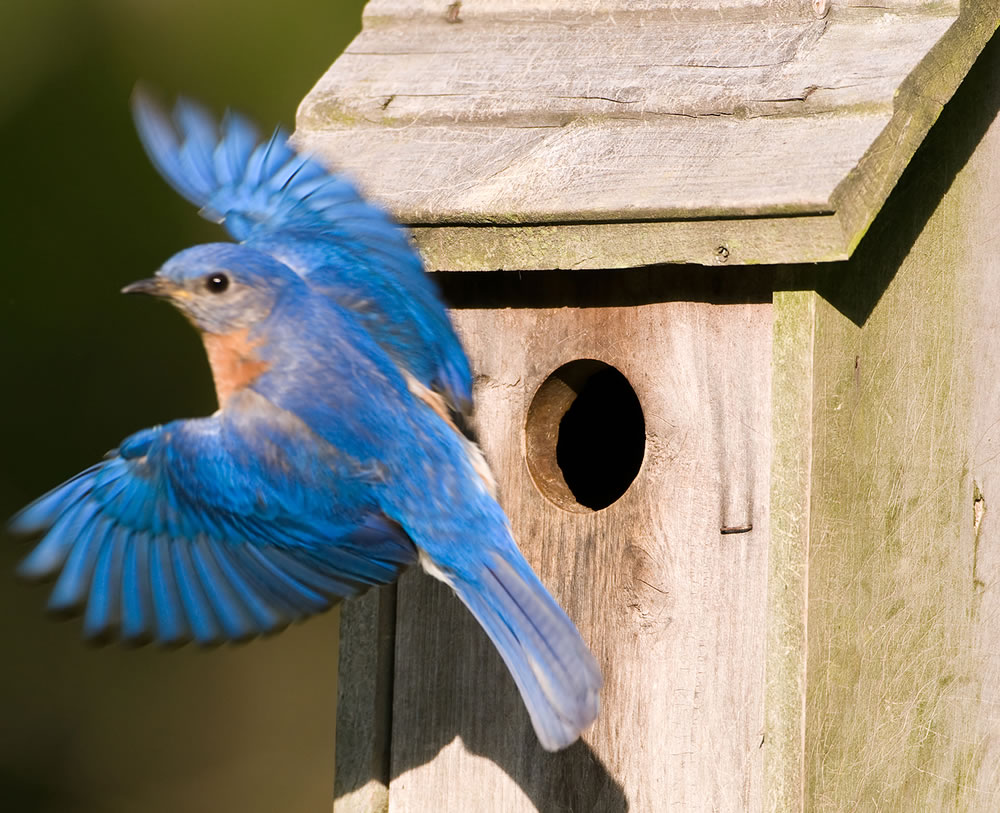
All wildlife needs somewhere safe to shelter and breed, and most gardens offer up a selection of areas that are suitable for this – but you can enhance these options when designing or adding to your garden by incorporating a few little extras.
Trees, bushes and hedges are all important nesting areas for birds, so try avoid trimming these back too enthusiastically at any point in the year as this could expose them to predators. They also provide a haven for small mammals like hedgehogs, who commonly make hedgerows their home.
Climbing plants on your garden walls can also offer shelter, roosting and breeding sites for birds, but you can provide additional options to ensure that they are as comfortable as possible. Bird boxes and hedgehog homes are safe artificial shelters that animals will be glad to find in your garden, especially in a time where natural nesting and roosting sites are becoming increasingly hard for them to find.
Places to forage and feed
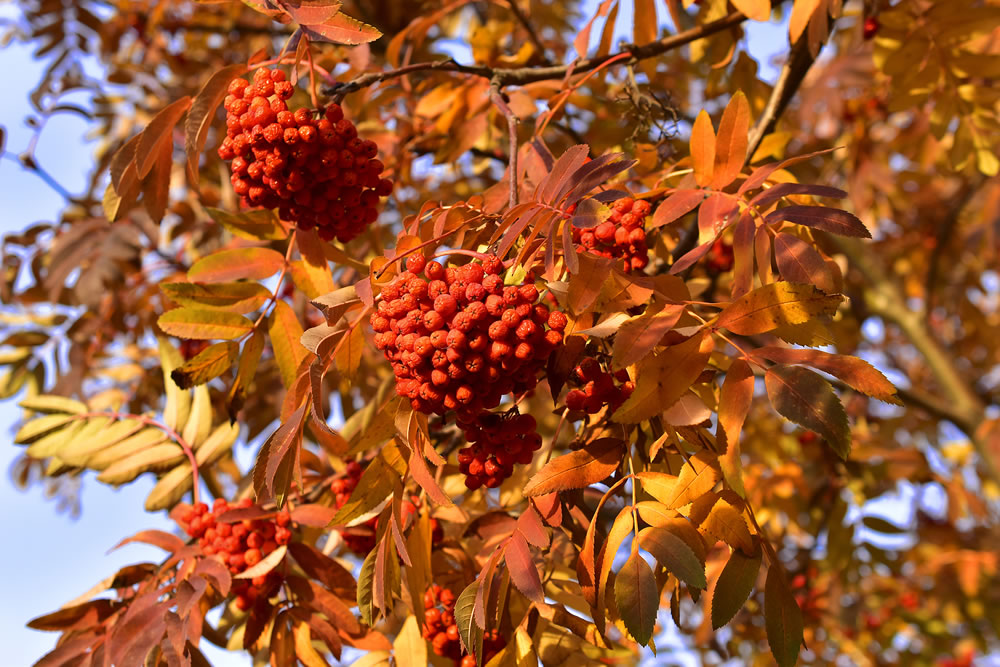
All animals need somewhere they can reliably source their food from, and placing bird feeders in your garden is a good place to start – but you can also create the conditions that will allow nature to provide for them, too.
Having a variety of plants in your garden that flower throughout the year is an easy way to ensure that there is always something for wildlife to feed on. Autumnal berry bushes, for example, are a great source of seasonal food for birds – and a tasty one, too – while colourful flowers in spring and summer will attract an array of bees and butterflies.
The more insects you attract to your garden, the better the feeding ground you are creating for birds and small mammals.
And finally, a clean and safe water supply is vital for all animals, so ensure that you make one available. If you don’t have a pond, this could be as simple as a small dish of water or a bird bath.
It couldn’t be easier to make your garden a little more welcoming to wildlife, and to support them throughout the year. And with wild gardens becoming a growing trend, what better time to get started?












